Paradise Church is under construction both literally and figuratively. The literal part applies to our work in the sanctuary. We hope the construction will be done in time for our Easter celebration, but the reality is that there will still be a few more things to tweak and improve after April 4. Figuratively speaking, it is the same for us as church members. We are always under construction. Each one of us is a “work in progress” – or in a “construction zone” where we travel along our faith journey.
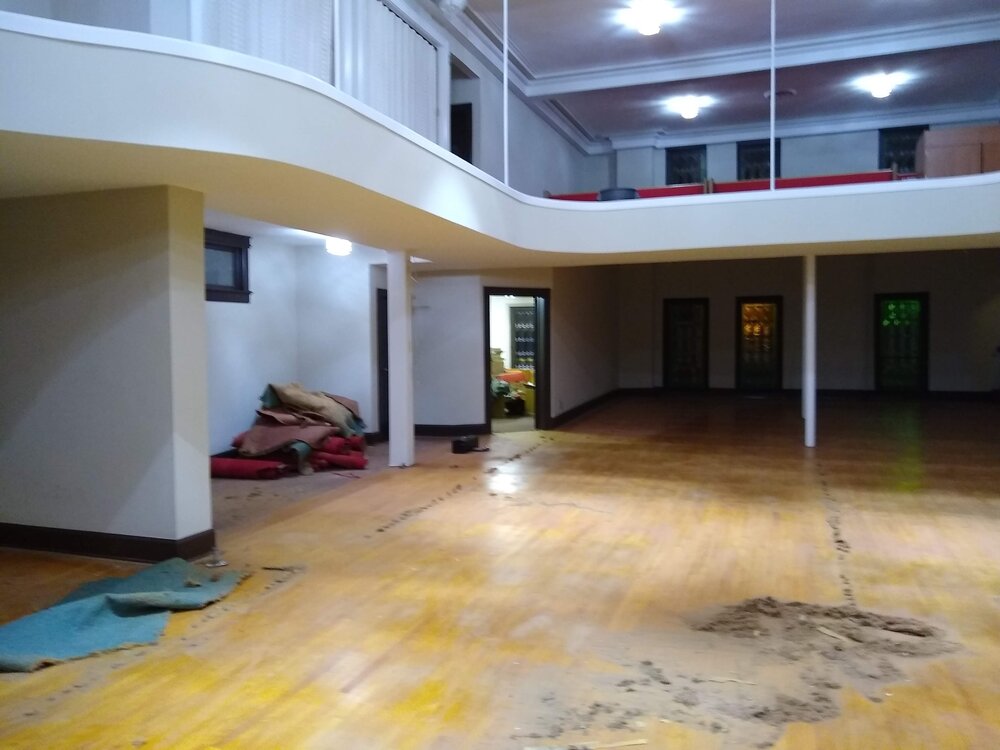
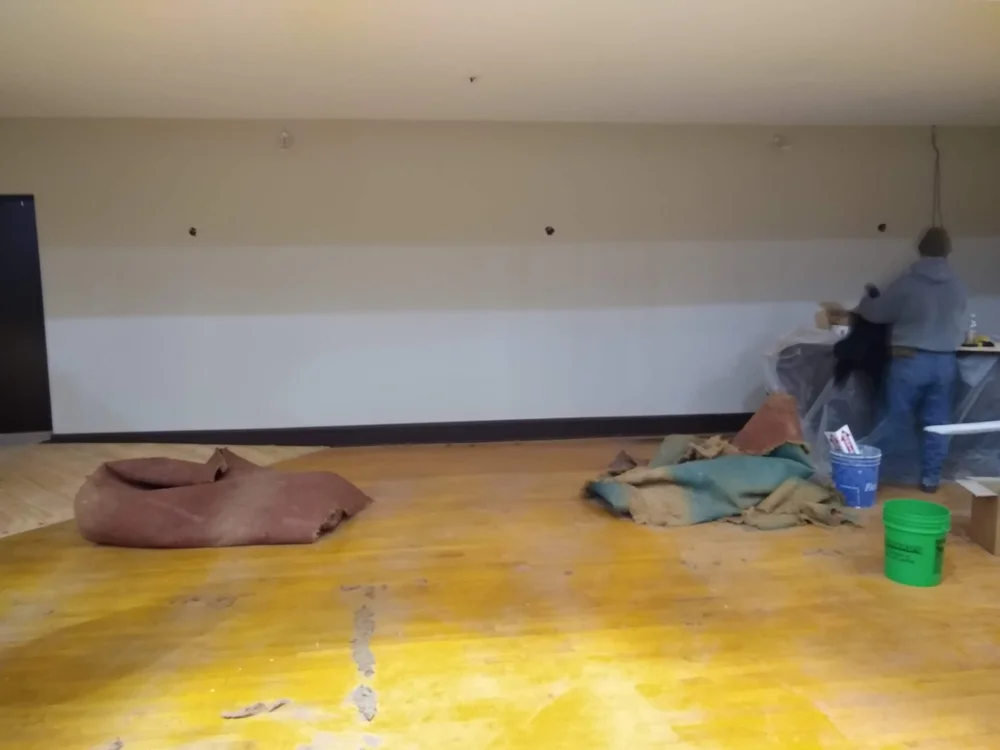
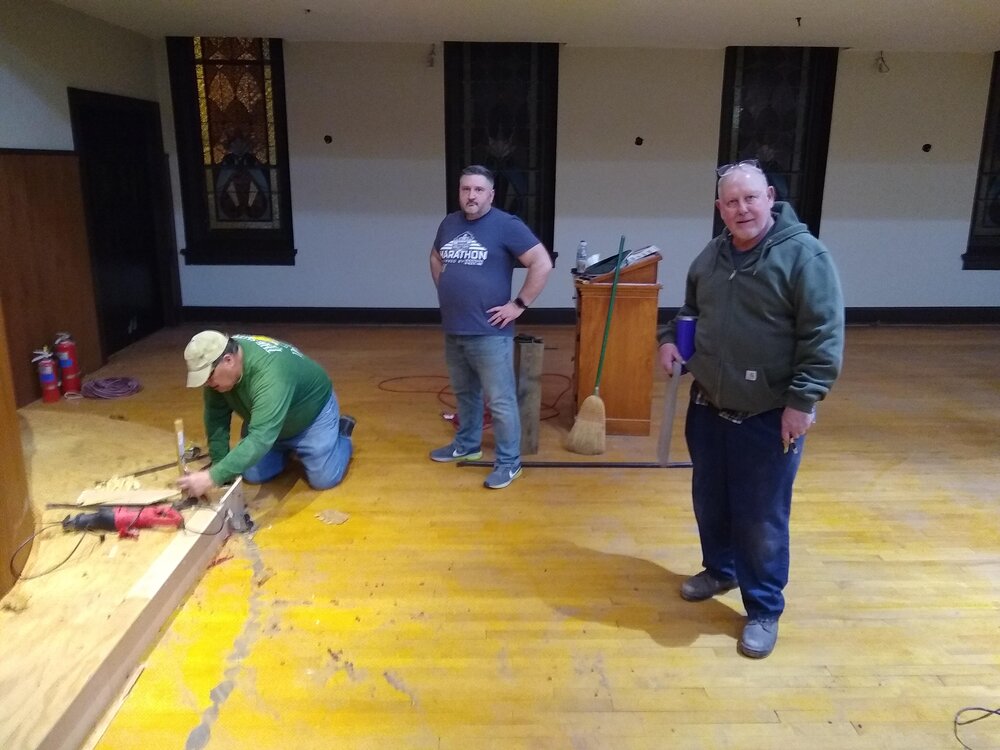
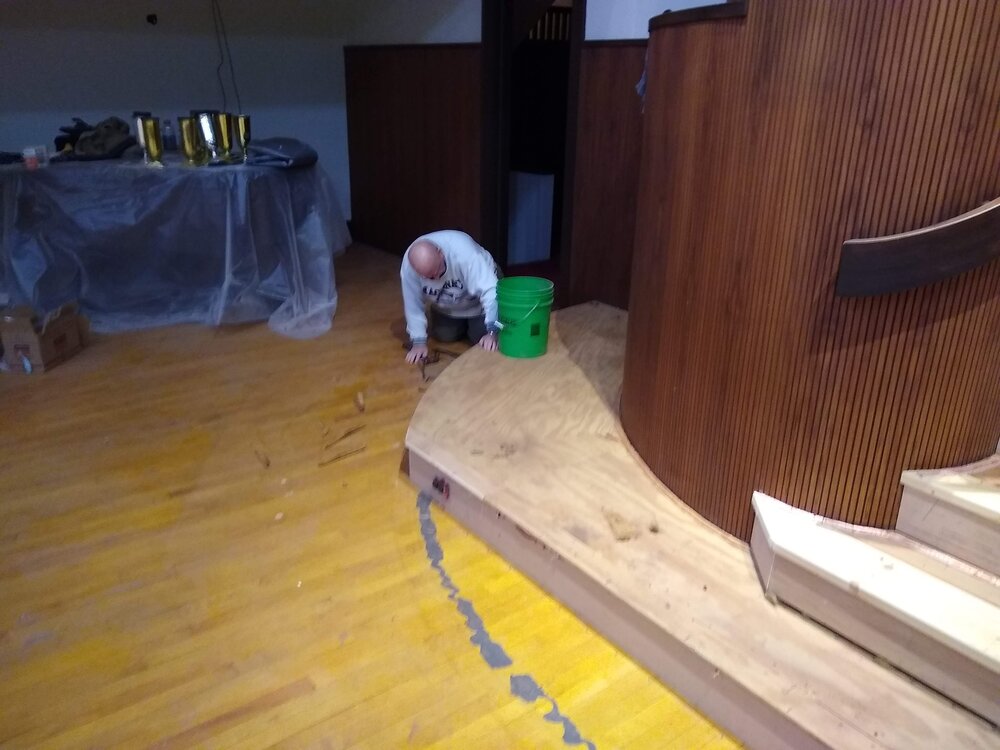
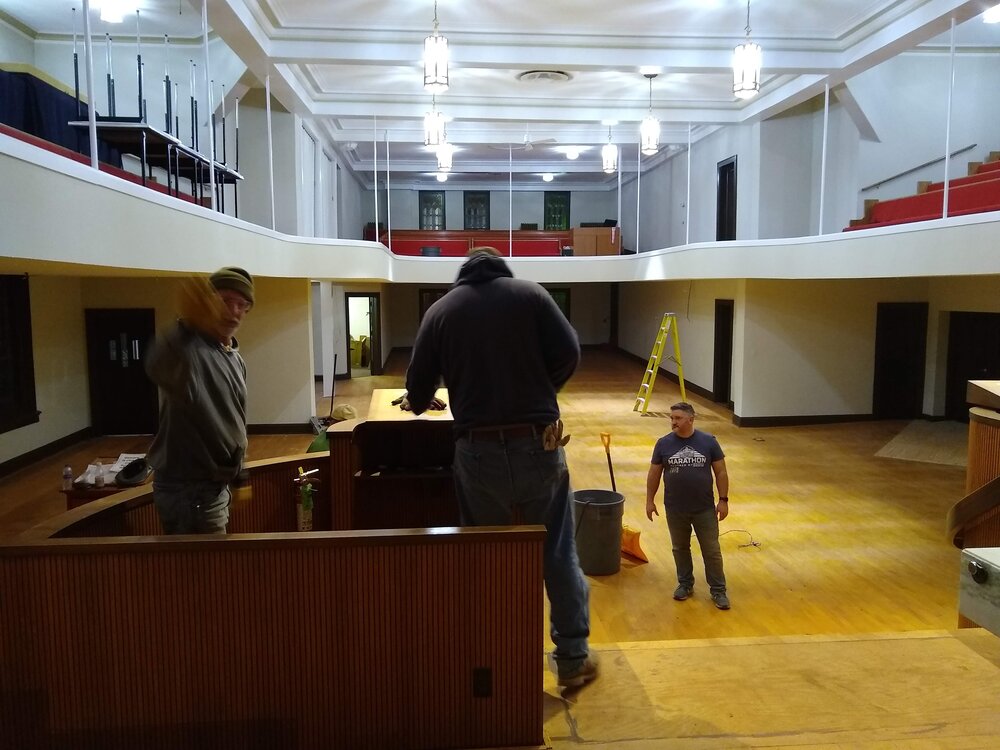
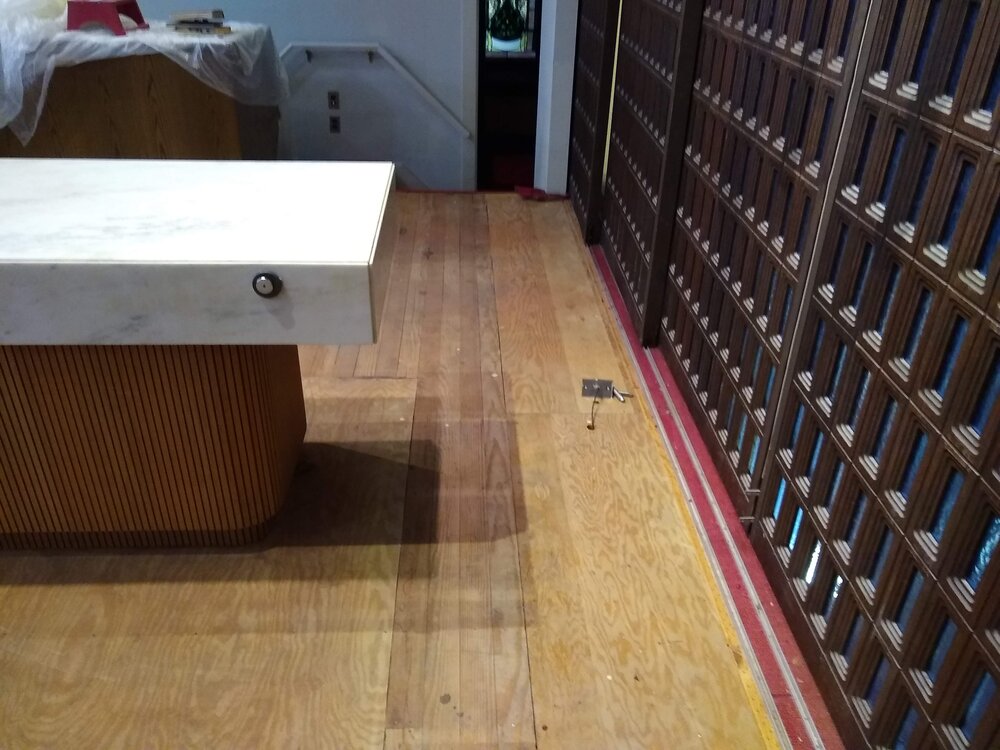
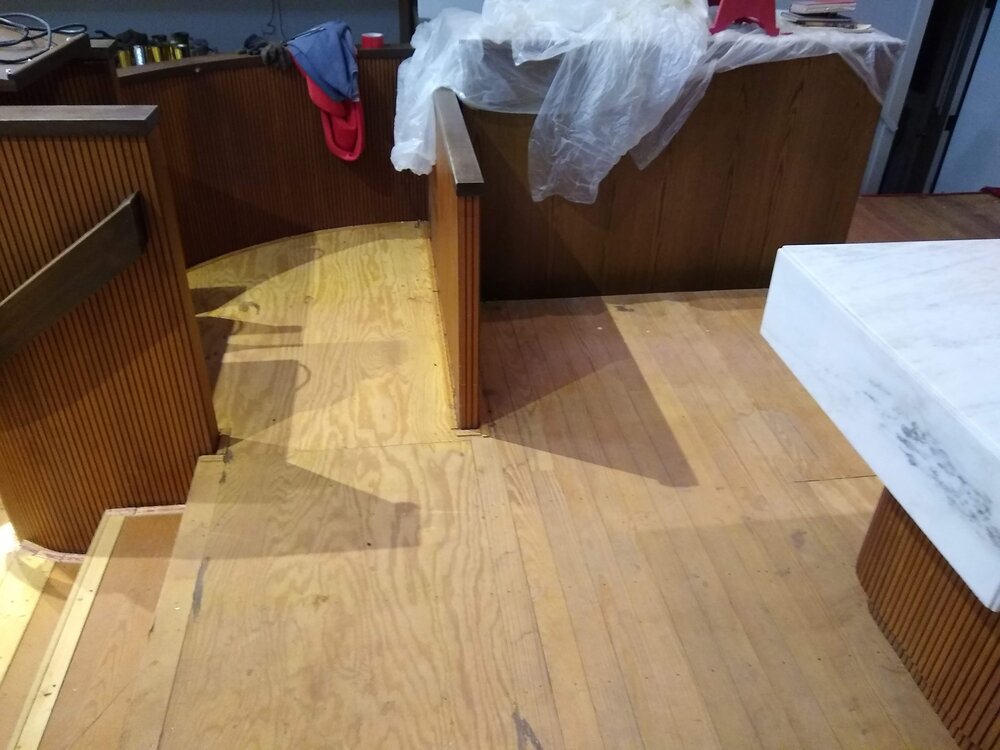
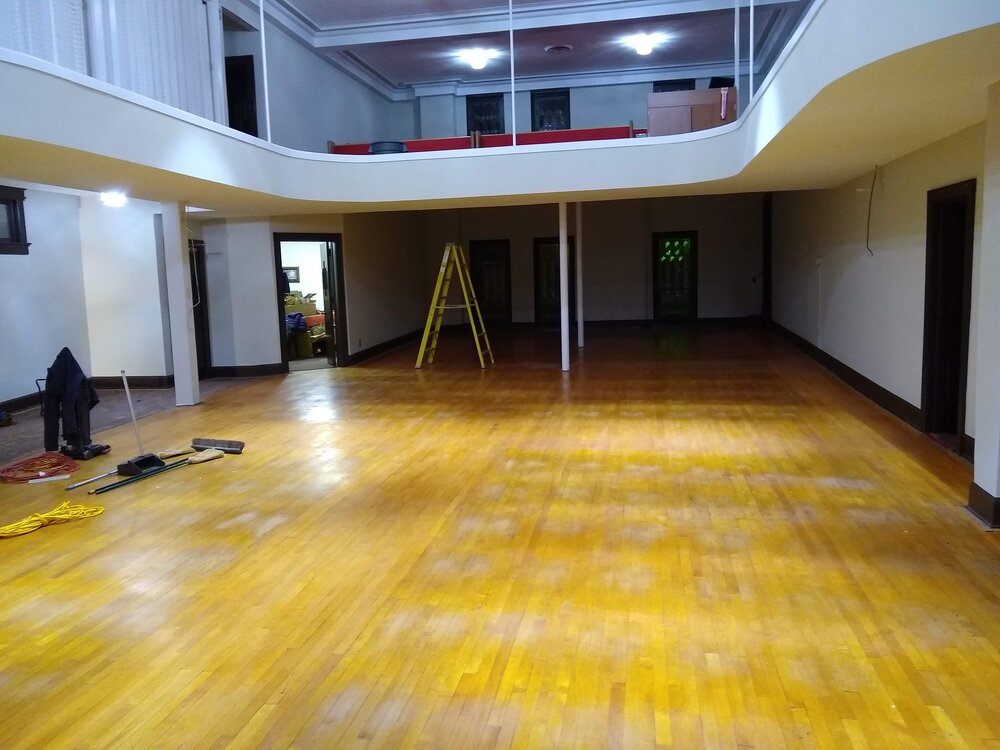
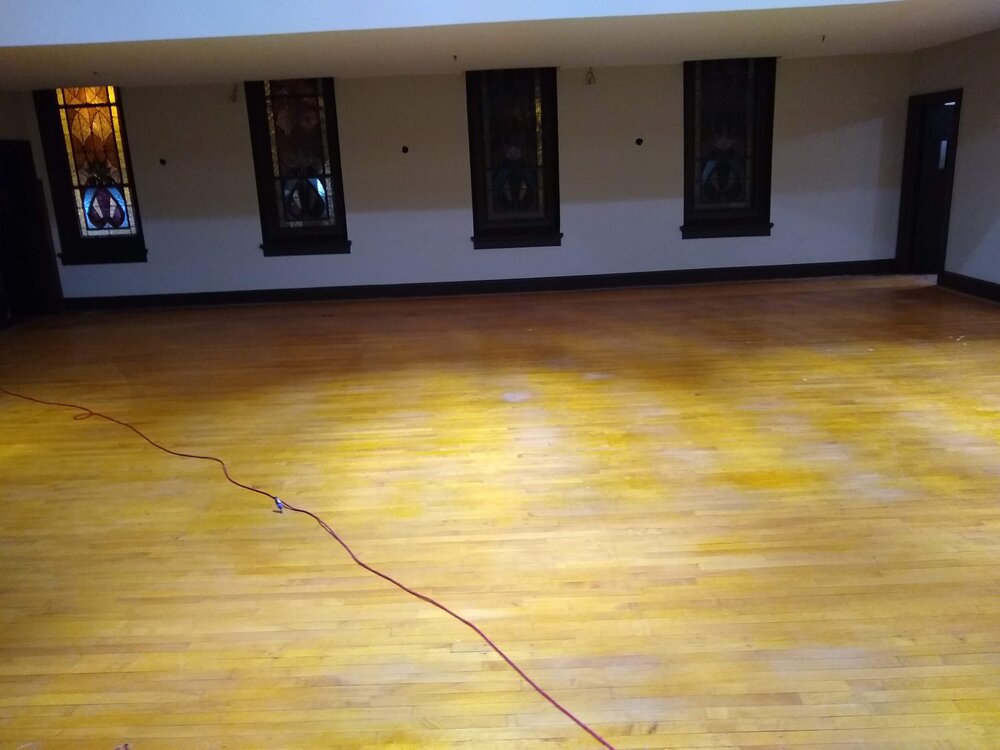
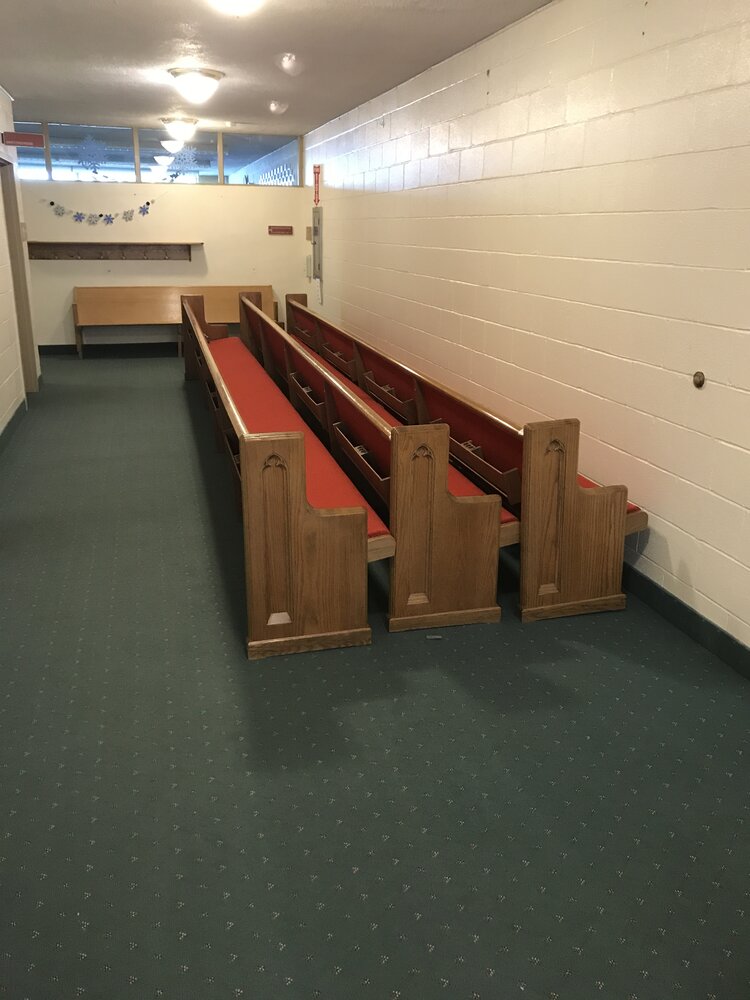
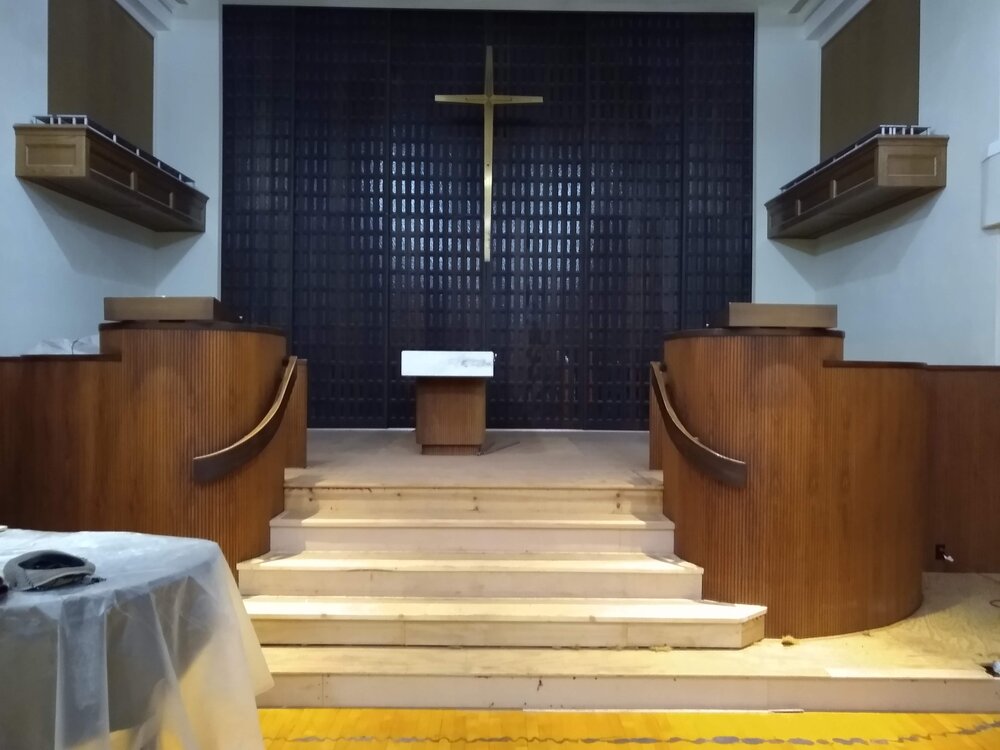

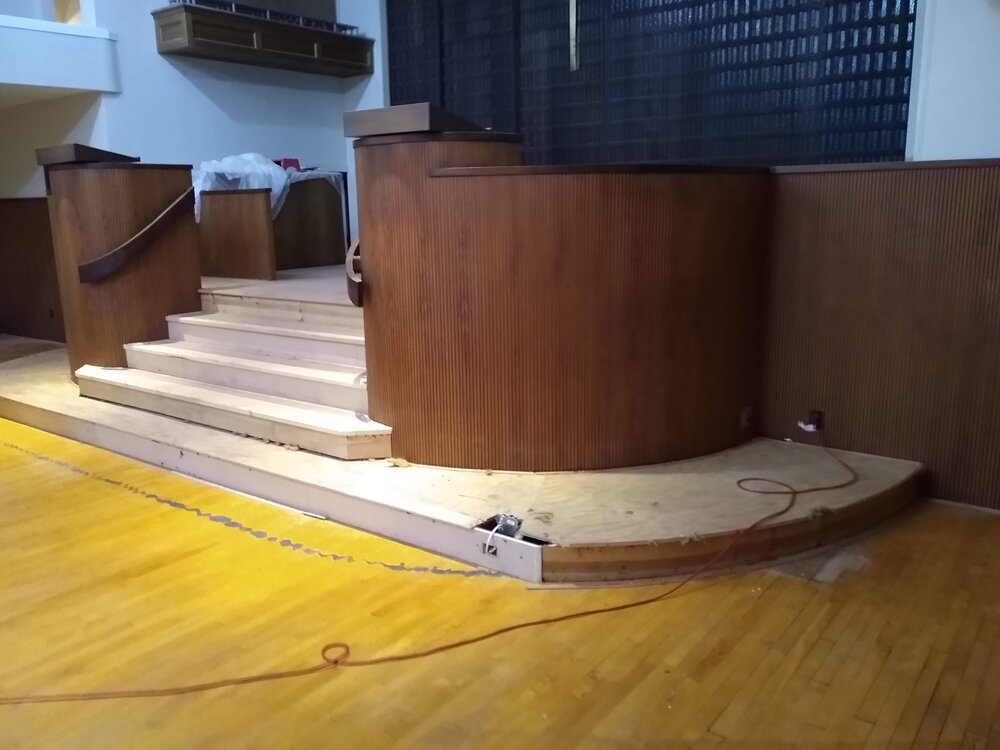

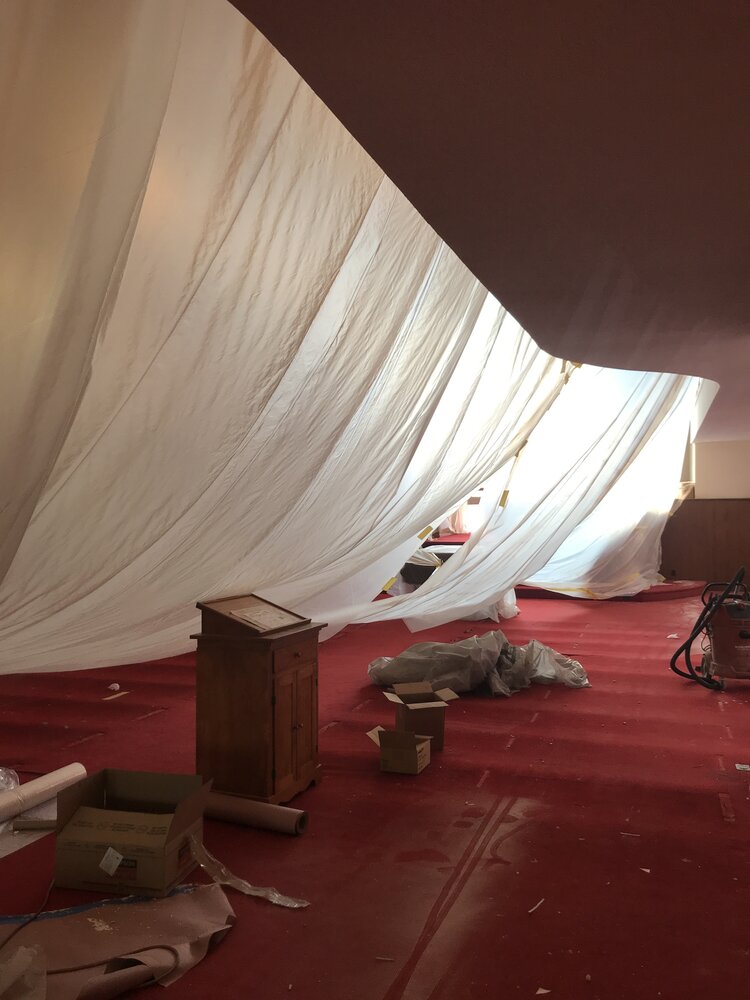
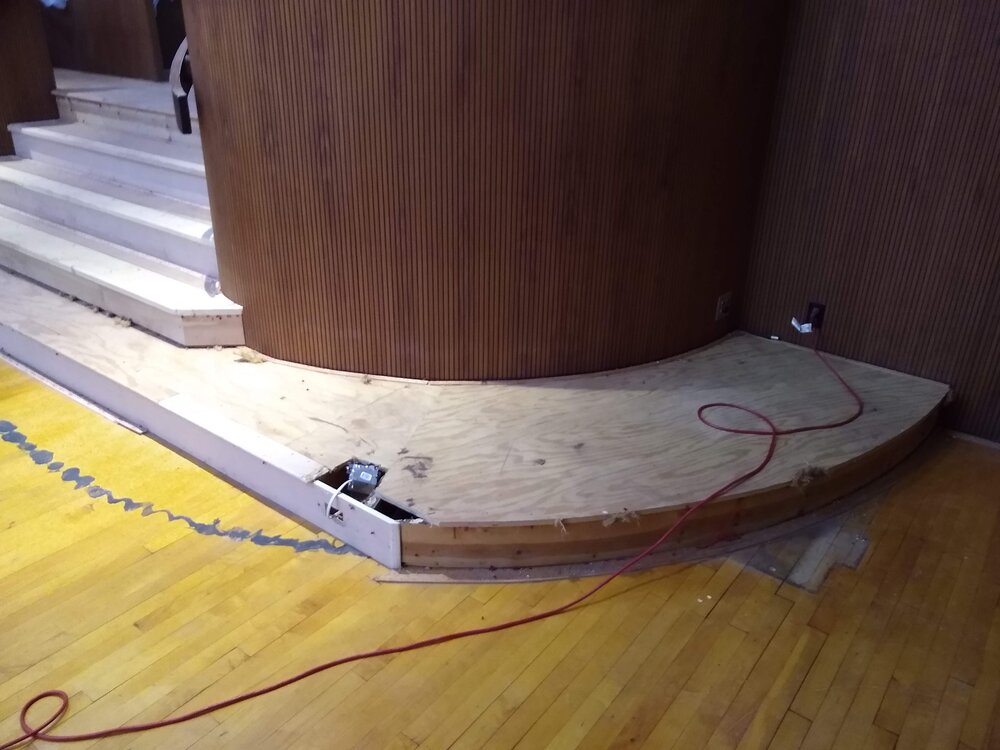
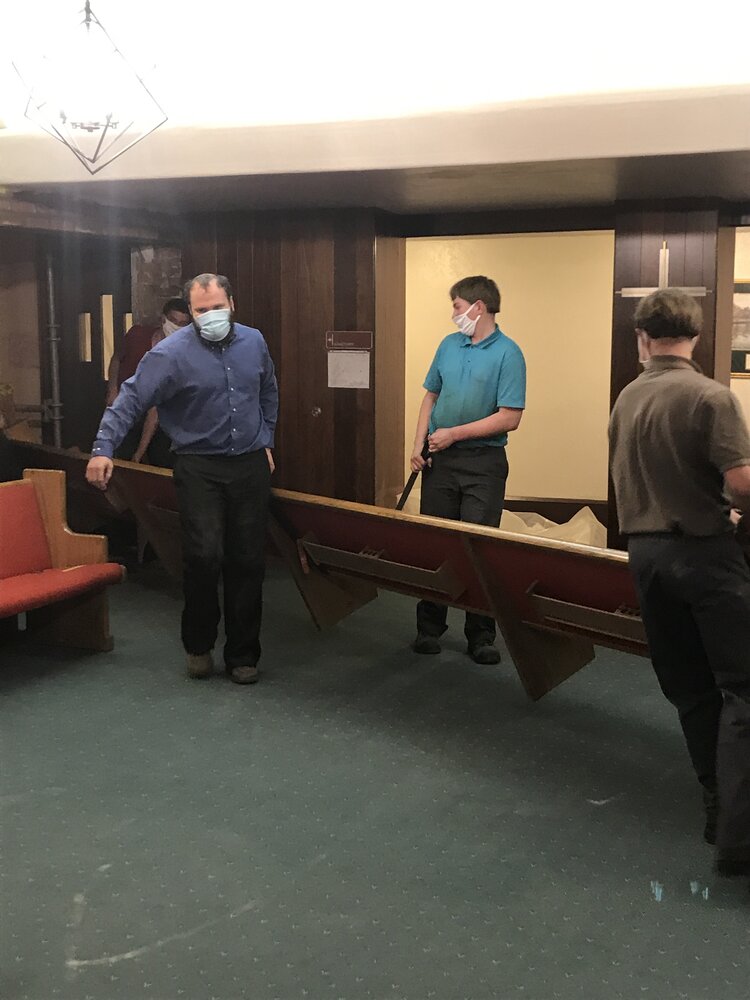

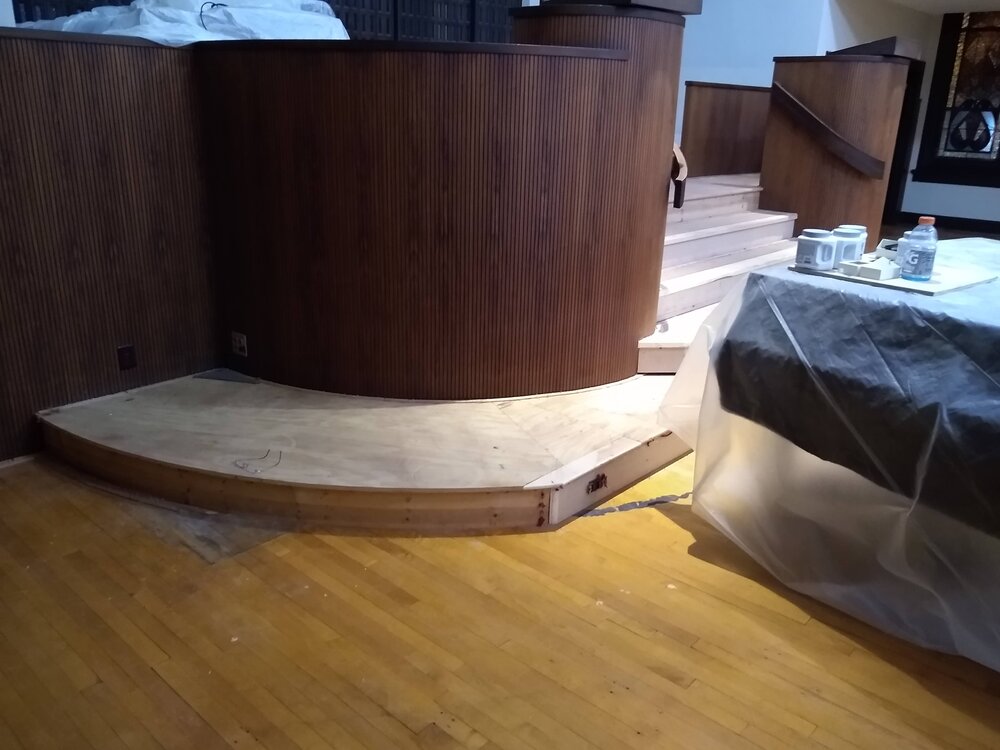
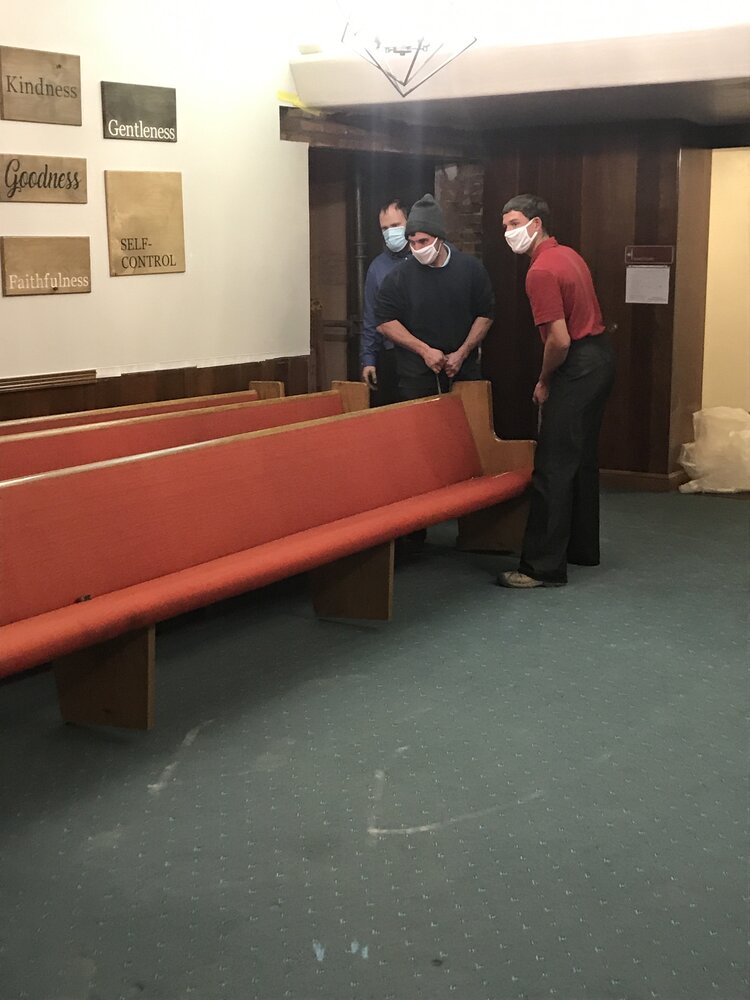
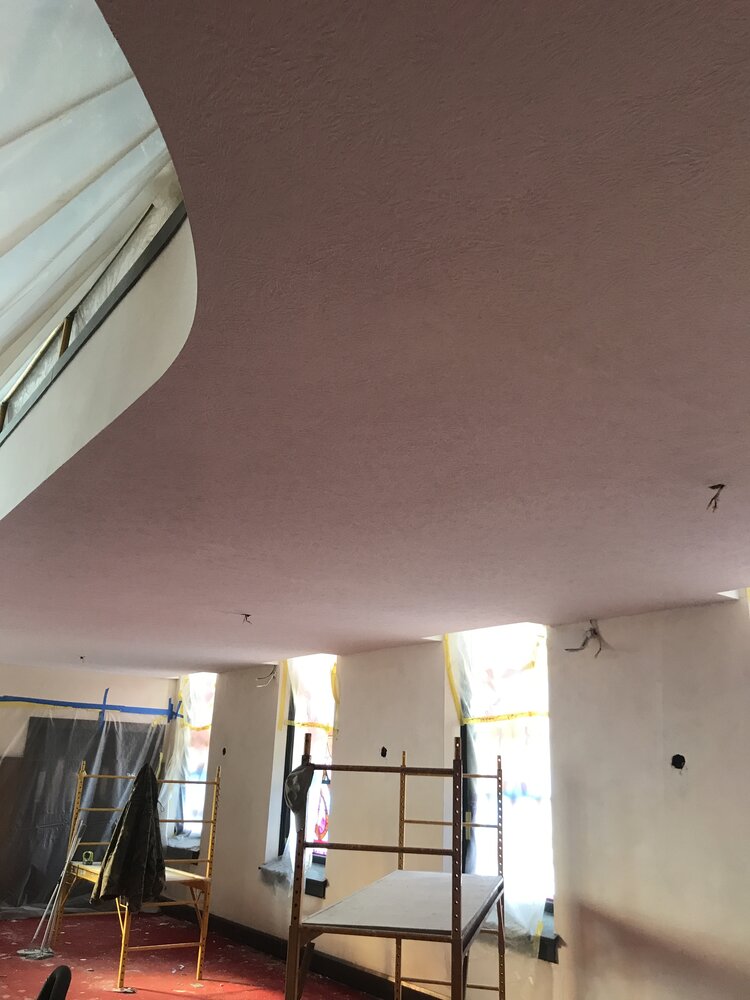
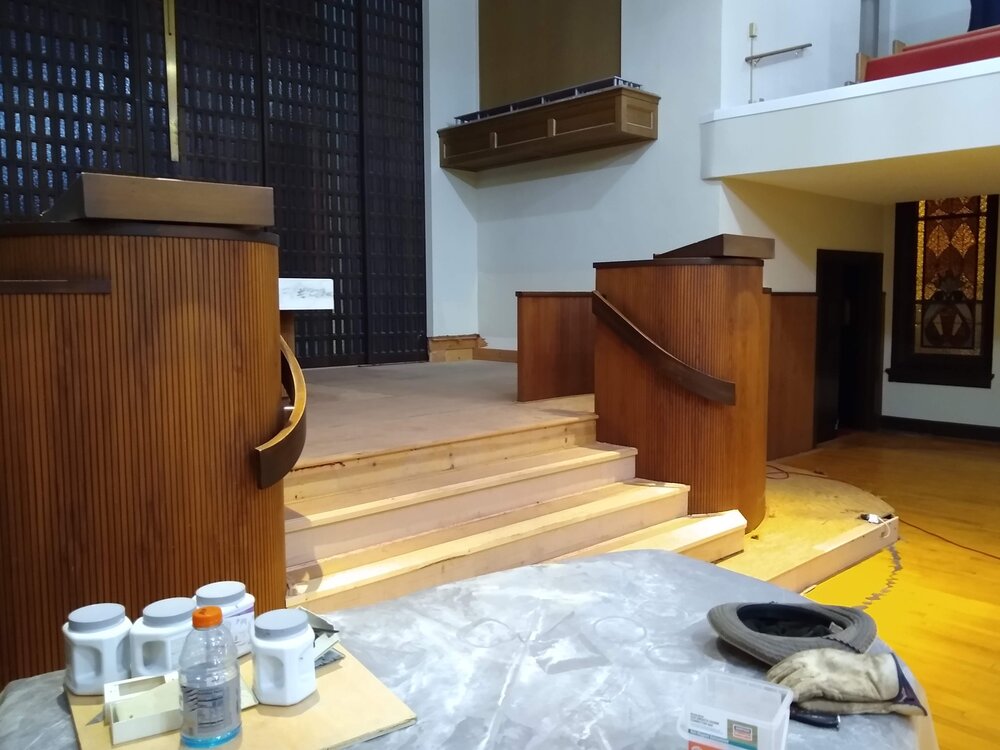
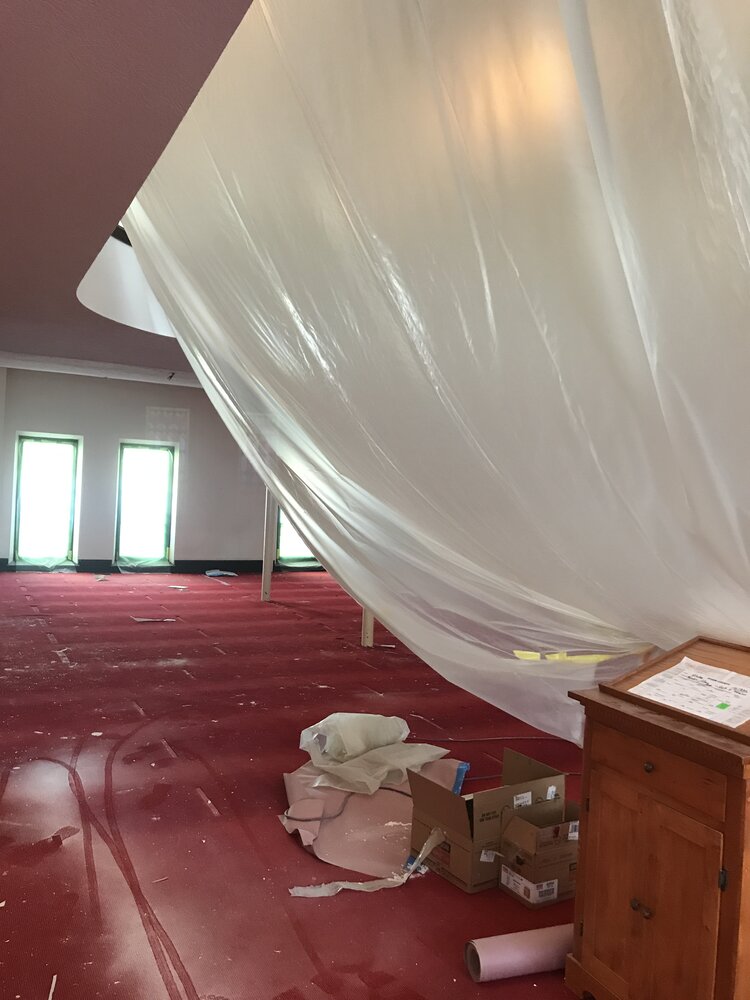
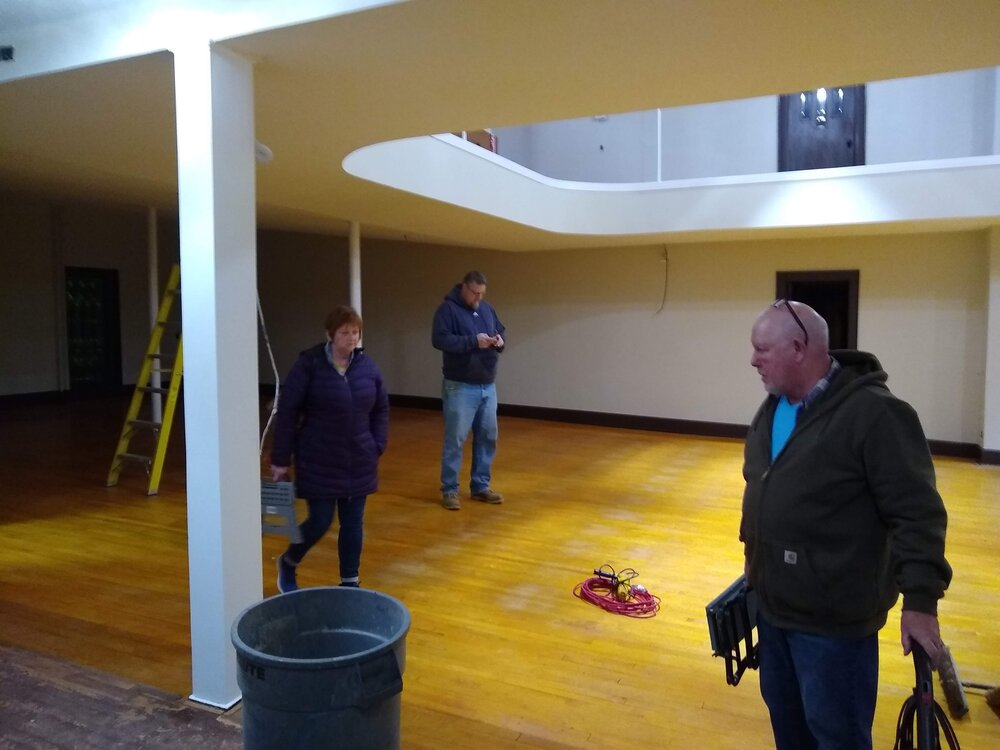
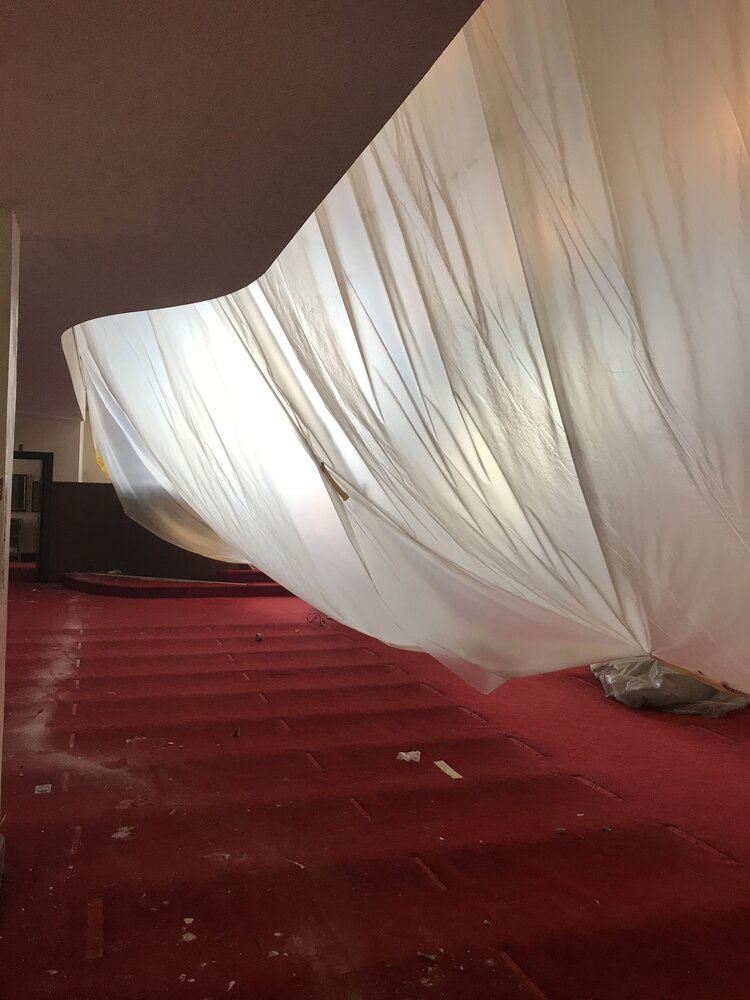
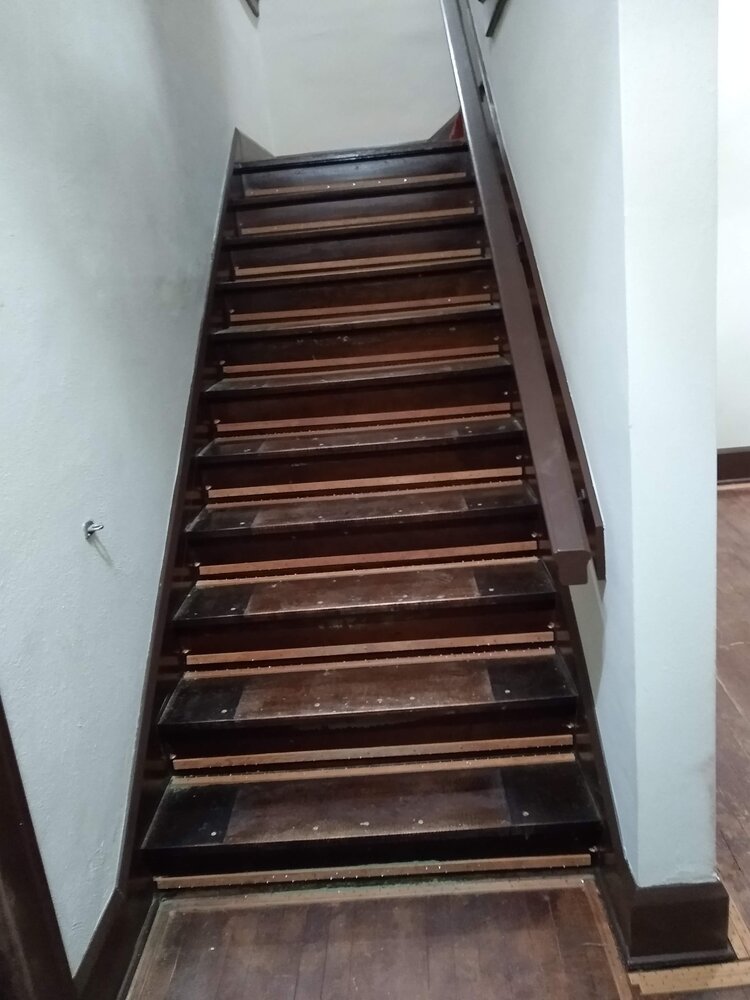
Every good construction project begins with a plan, a set of Blueprints. Philippians 1:6 tells us, “And I am sure of this, that he who began a good work in you will bring it to completion at the day of Jesus Christ.” God has a Blueprint for your life. He did not just start something and then just let it go wherever it will. No, God has a plan and is working it and seeing it through. If you come into the sanctuary today, it looks a mess, but it will not stay that way forever. We trust the contractors, the vendors and the members who are leading the project will follow the plan. In our lives, we need trust that God has a special plan for us. However, it is sometimes difficult when our plans might not be what is on God’s blueprint for us. That is the essence of faith. We must be willing to trust the maker of the blueprint and the process.
In Jeremiah 18:1-6, God delivers a message to the prophet. He wants Jeremiah to know how God does the work:
This is the word that came to Jeremiah from the Lord: “Go down to the potter’s house, and there I will give you my message.” So I went down to the potter’s house, and I saw him working at the wheel. But the pot he was shaping from the clay was marred in his hands; so the potter formed it into another pot, shaping it as seemed best to him. Then the word of the LORD came to me: “O house of Israel, can I not do with you as this potter does?” declares the Lord. “Like clay in the hand of the potter, so are you in my hand, O house of Israel.
God often does things to reshape and reform us. We in the Reformed Tradition understand this. The Reformed Tradition got the name because their origins trace back to the Reformation led by Martin Luther. True Reformation thought understands that we are always being Reformed. We are always under construction.
While I am excited about our church construction, the demolition is not always fun. Some people like renovations and look forward to the “new look”; some don’t like to see things change. The same applies to us and our faith journey. If God comes and wants to re-form us, we can either say Amen or Oh No. There is a phrase in theological circles called the “dark night of the soul.” It can be traced back to the writings of Saint John of the Cross, a priest in the 16th century. He wrote a poem that tells of the saint’s struggles, growth, and the stages he is subjected to on his journey towards union with God.
In pastoral terms, the “dark night” might be described as the letting go of one’s ego, the past, or any perceived hurts. This stuff might well be what is holding you back. Allowing the construction to take place makes room for some form of transformation. This interim period can be frightening, hence the perceived “darkness.” You may wonder how this transformation period happens to a believer who has a strong prayer life and consistent devotion to God? It is like a period where someone suddenly finds prayer extremely difficult, then feels far from God for an extended time during this “dark night.” Someone may feel as though God has suddenly abandoned them or that their prayer life has collapsed.
Sounds dark, doesn’t it? But the heroes of the Bible have all gone through this. Abraham waited 25 years until the promise from God was realized. Joseph was sold into slavery and went to prison before rising to second in command in Egypt. Moses murdered an Egyptian Guard and fled into the desert before God calls him to deliver Israel from slavery. David was pursued by Saul for years before he became the king. Even the Disciples went through the darkest of seasons before the resurrection. The basic story of the Bible is just Friday, Saturday, Sunday. There would be no Sunday (resurrection) unless there is a Friday (death) and a Saturday (the season in between).
What is the primary Biblical image Peter used to describe Jesus? You might think Messiah, Savior, Lamb of God, Shepherd. Actually, the primary Biblical image Peter used to portray Jesus is the Cornerstone, a construction term. The first time Peter mentions Jesus as the Cornerstone is shortly after Pentecost. Peter and John were dragged before the religious leaders to explain how they had healed someone. With the courage of the Holy Spirit, Peter boldly proclaimed in front of the very same religious leaders that had Jesus put to death, that the man was healed in the name and power of Jesus. Peter then quoted Psalm 118:22, “He [Jesus] is ‘the stone the builders rejected, which has become the capstone (cornerstone).’ Salvation is found in no one else, for there is no other name under heaven given to men by which we must be saved (Acts 4:11-12).” In his own letter, Peter suggests, “Now to you who believe, this stone is precious. But to those who do not believe, “The stone the builders rejected has become the capstone” (1 Peter 2:7).
In our day and age, unless you are a stone mason, you probably do not think much about cornerstones because most of our houses do not have cornerstones. We typically have poured concrete foundations, and studded walls. In the first century, the primary building material, or at least their foundation material, was stone; and the most important stone in the whole house was the cornerstone. It became the foundation upon which all the other stones were set. The cornerstone had to be the perfect stone and set just so because if it was off, even a little bit, the whole building was off. Those who are in construction know how frustrating it can be when a foundation is not plumb.
Peter tells us Jesus Christ is the stone that was rejected. He was rejected by the Jews and the Gentiles (Romans). But because he himself was sinless. God raised him up and used him as the Cornerstone. He is the foundation, there is no other foundation upon which we can build our lives which will result in our salvation because any other foundation would be flawed. Peter tells us no one can avoid the cornerstone; you are either going to trip and stumble over it and reject him or you are going to accept him and build your life upon him. Not just on his teaching, but on the person of Jesus. The one thing you cannot do is ignore him.
1 Peter 2:5 says, “…Let yourselves be built into a spiritual house, to be a holy priesthood.” In other words, there is a choice we need to make. Are we willing to allow God to build our lives with Christ as our cornerstone? Being built on Jesus means we put our faith in him. It also means we set our lives according to his. Stones that come out of a quarry usually are not ready to be used for building ─ at least not right away. They need to be chiseled and formed to fit the location the mason wants to use it. Will we allow God to work on our rough edges to be built into God’s spiritual house?
If you are in the dark night of construction, know that God is still at work. Sunday morning is coming.
